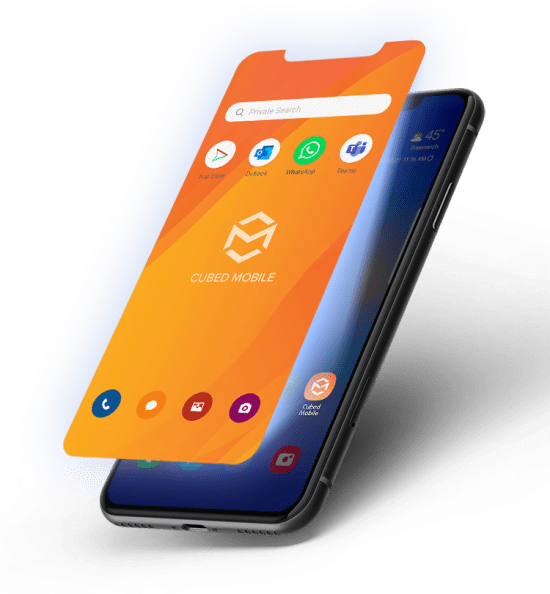Cloudonix's REST API enables full control over active calls.
Use CXML to design call flows, that easily connect to 3rd party tools and more.
Use Cloudonix's simplified container language to create IVR menues in seconds.
Cloudonix's Make application makes building voice applications a breeze, without coding.
Use our mobile and web SDKs to integrate voice calling to mobile and web applications.



Cloudonix’s unique container applications framework provide developers with a rapid development tool, for simple IVR scenarios. Using the Cloudonix select contatiner application tool, developers can build IVR menus ins seconds.
<!-- Block name: block_main_menu -->
1:block_call_reception
2:block_call_home
9:block_main_menu
<!-- Block name: block_call_reception -->
<Response>
<Dial>9000</Dial>
</Response>
<!-- Block name: block_call_home -->
<Response>
<Dial trunks='sip_carrier'>12127773456</Dial>
</Response>
Learn about Cloudonix’s programmable voice, container applications, NoCode tools and more.
You can use any modern programming langauge, ranging from PHP all through JAVA. For rapid prototyping, we do recommend using Cloudonix’s built-in container application tools, along side with JavaScript (based on CommonJS) which provide the fastest voice application prototyping tool.
That is very much up to the developer. When the Cloudonix application engine performs a voice application request to a remote resource, it can be assigned with a Bearer Token – configurable via the Cloudonix domain settings. All Cloudonix voice application requests support both HTTP and HTTPS, so it’s up to the developer to ensure its application security.
For the highest level of security, we recommend using container applications where possible.
Indeed, CXML™ does resemble Twilio’s® TwIML™ markup language. The reason is simple, providing customers that have familiarity with TwIML™ a simple and familiar experience. However, CXML™ is very different – as there are some varbs that are not supported (due to the nature and philosophy of the Cloudonix platform) and there are other verbs that exist in CXML™ and not in TwIML™ For more information about CXML™, click here.
ABSOLUTELY YES!
In fact, we have a full tutorial on how to build your first automatic dialer with Cloudonix – click to learn more about these features.
ABSOLUTELY YES!, however…
Cloudonix doesn’t provide phone numbers and call minutes, as such, it allows its customers to use any Caller ID presentation they may want. Once the customer connects a carrier to Cloudonix, for terminating calls, the carrier may impose (and most probably will) restrictions on the use un-verified Caller ID numbers.